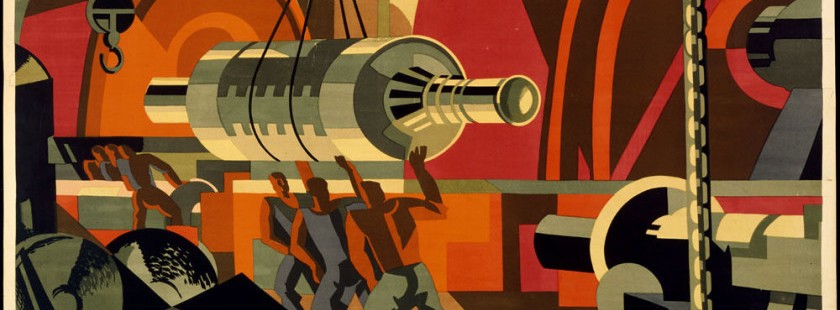I’ve used a number of different business models to come up with the different ideas for businesses. Here’s a breakdown to help you understand this a bit more.
The simple start up service business
I’ve also called this the prostitute business model. You find something that people need doing, and you do it for them, charging them by the day or the hour to do it for them. The clever bit in these ideas is finding those things that people need doing, which aren’t the regular things that they can buy from someone else. These ones are great when you need a business which you can get going tomorrow and start earning cash the same day.
The more specialised service business
These take a bit more to get going, and might involve more complicated investment in great marketing because you have to educate your potential clients, or because you’re selling just online in order to find the people who need your more niche or specialised service. They’re still based on selling a day of your time, but because you’re selling something of higher value to people who can’t find that service locally, you can get paid for for it. Maybe I should call this one the “high class prostitute model”
Create a product
This might be a physical product, something you’ve made or invented, or something you’ve found in Guatemala that they don’t have where you live in Tokyo. Or it might be a digital product, such as a collection of music or a course. Or a membership site, like New Business Ideas Collection. Either way, you have to put tons of time into developing your product, and then you have to put time into getting people to buy it. Eventually you can sell lots of it, and because it’s a product, you can sell it over and over again.
Recurring income model
I love this one, so you’ll notice that lots of the recipes and business ideas are either entirely based on this or have an element of it included. The idea here is that instead of getting the client to buy from you once, they buy regularly from you, and they pay you regularly, directly from their bank account or debit card. The beauty of this system is that you don’t have to find new customers all the time, once you’ve got a customer they’re paying you regularly, so it’s great for giving you a really stable cash flow, and therefore fewer sleepless nights. This is the model I’ve been using for the past 14 years at the Joy of Business, where my regular mentoring clients pay me the same fee every month for as long as they need me, and for New Business Ideas Collection, where the members pay for access to all the great business ideas.
Upsell model
I haven’t developed so many recipes around the upsell model, it’s more something I’ve sneaked into some of the recipes to make that business idea more lucrative for you. The upsell model is where you’re already selling something to someone and you sell them a little extra something. You’ll have noticed this if you go to buy a new fridge, and they’ll offer you an upsell of an extended 3 year guarantee in case your fridge breaks, or when you buy a new car and they ask you if you want to pay a little extra for special wheels or a sparkly paint colour. For many businesses, the upsells are the part where you start to make the real profit, the extra money that makes that business truly successful.
These models can be all mixed and matched, and I’ve done just that in many of the recipes. See if you can spot which of the models apply to which recipes.
Photo credit – Making Electrical Machinery, by Clive Gardiner (snippet here) from Libraries and Archives Canada from Flickr on a creative commons licence



